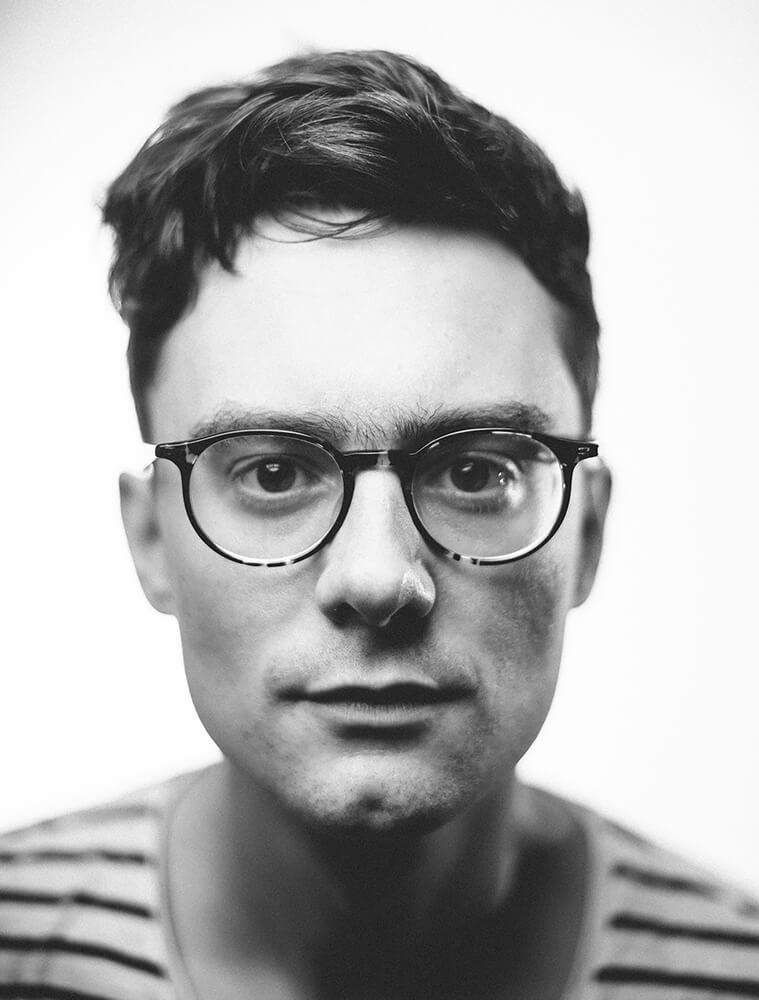Tom Price is an award-winning photographer, filmmaker and writer based in east London, with over a decade of experience working on commercial, editorial and not-for-profit projects for organisations such as the NHS, Airbnb and Save the Children.
His work focuses on telling important stories and highlighting social phenomena - previous short-form projects have ranged from documenting the largest dance festival in the world to critical humanitarian crises, such as food insecurity in South Sudan and typhoon Haiyan in the Philippines.
His work has been exhibited in Latin America, Europe and the USA; projected onto the side of the Tate Modern in London and presented at the UN headquarters in New York.
Recently, he has exhibited at Helsinki Photo Festival 2021, Berlin Photo Week 2021, and was awarded first place and 'photographer of the year' at All About Photo awards 2021, 1st place International Photo Awards 2021 and longlisted for the BBA Photography Prize, Berlin.
Exclusive Interview with Tom Price
The Stunning Winning Images of All About Photo Awards 2021